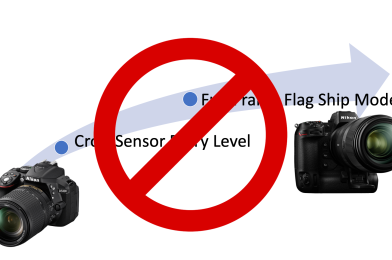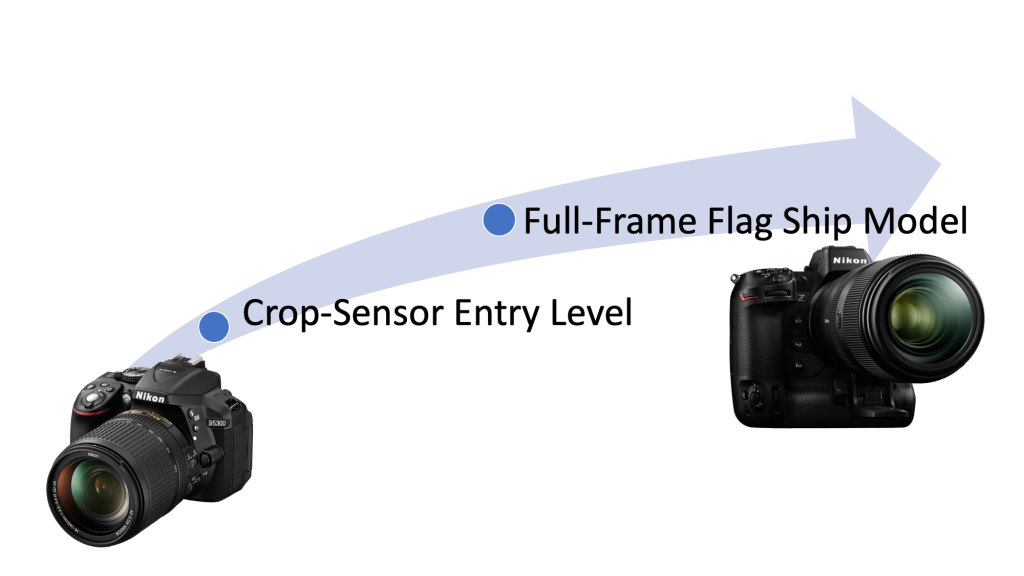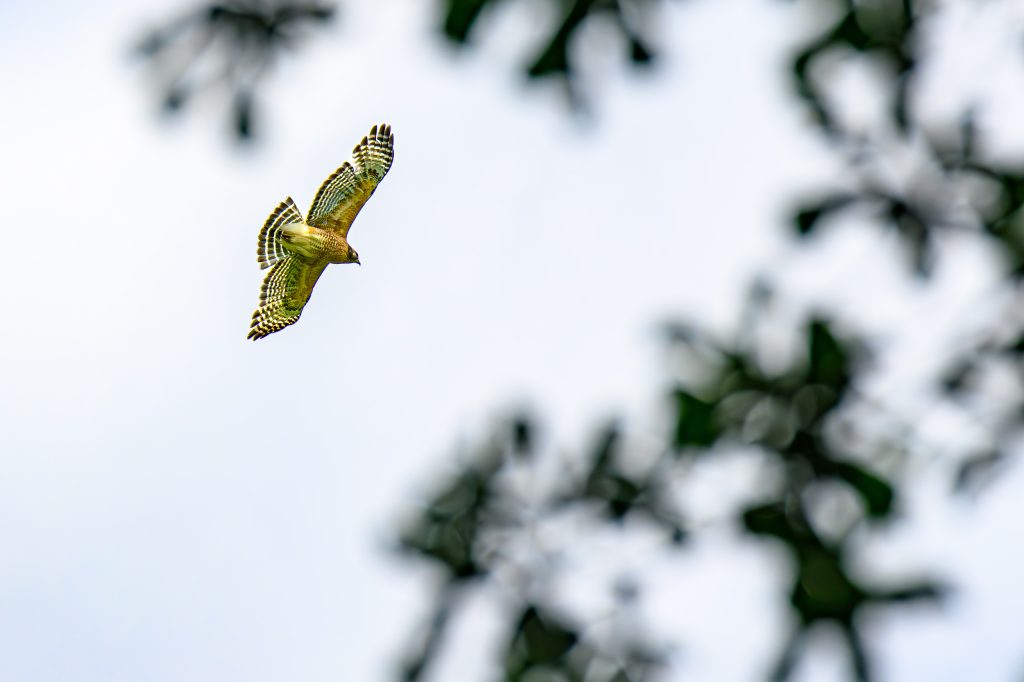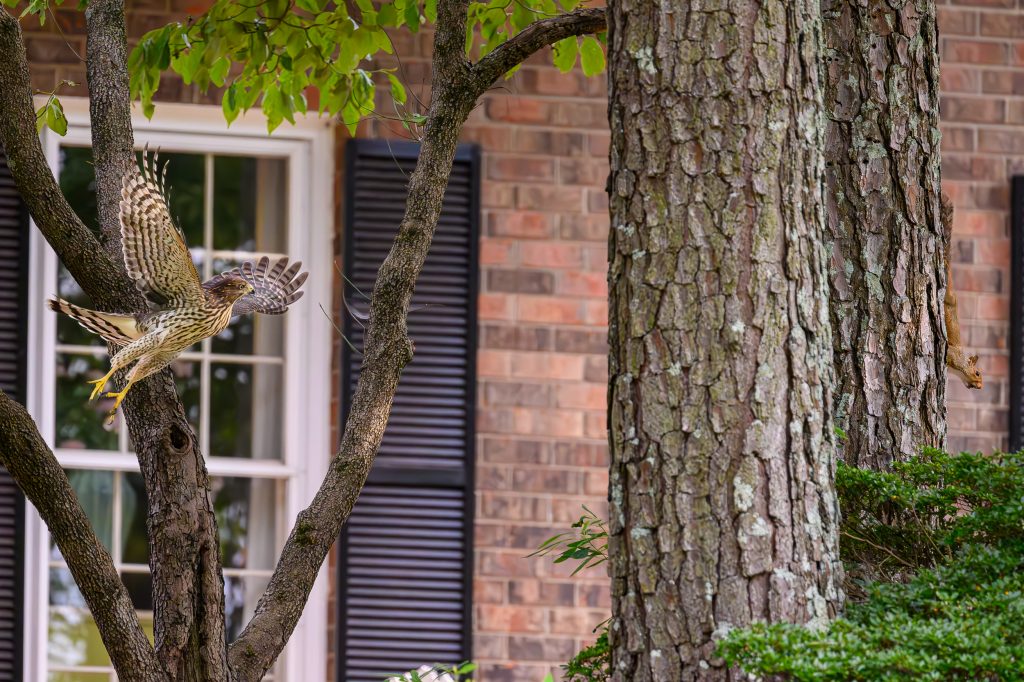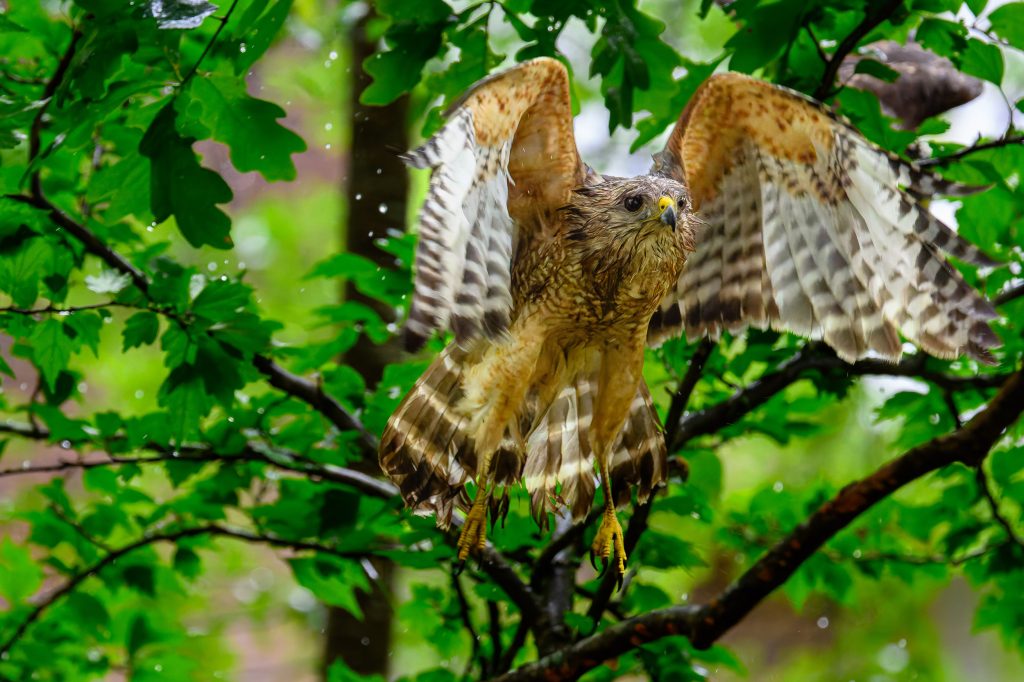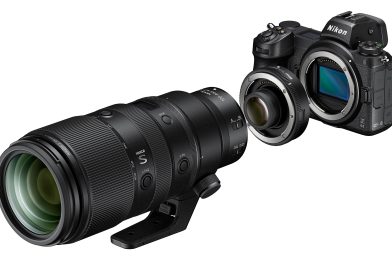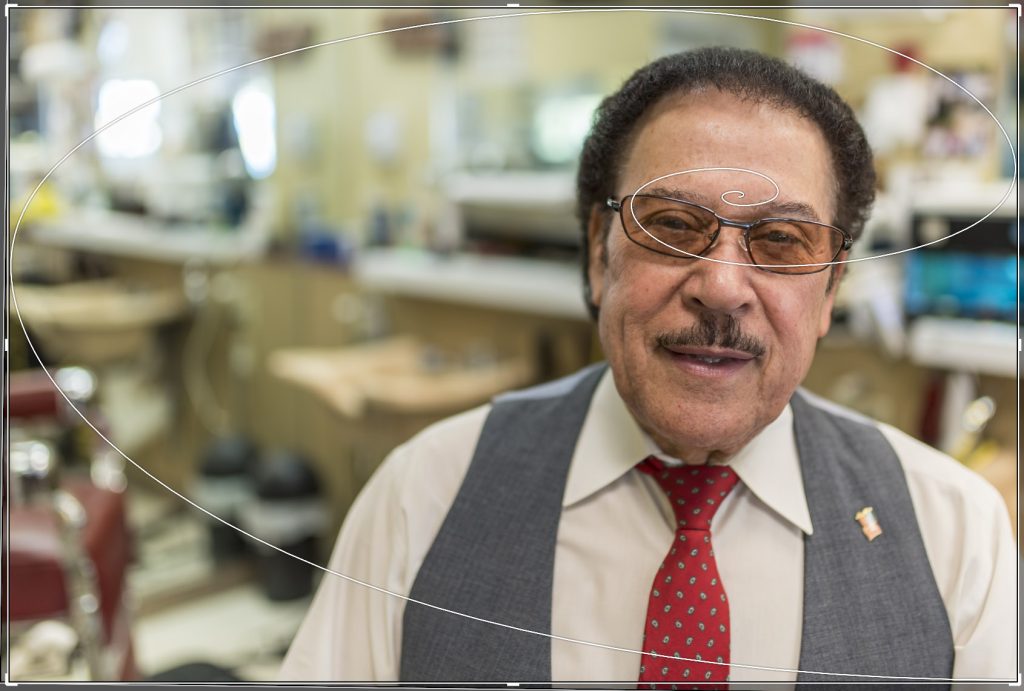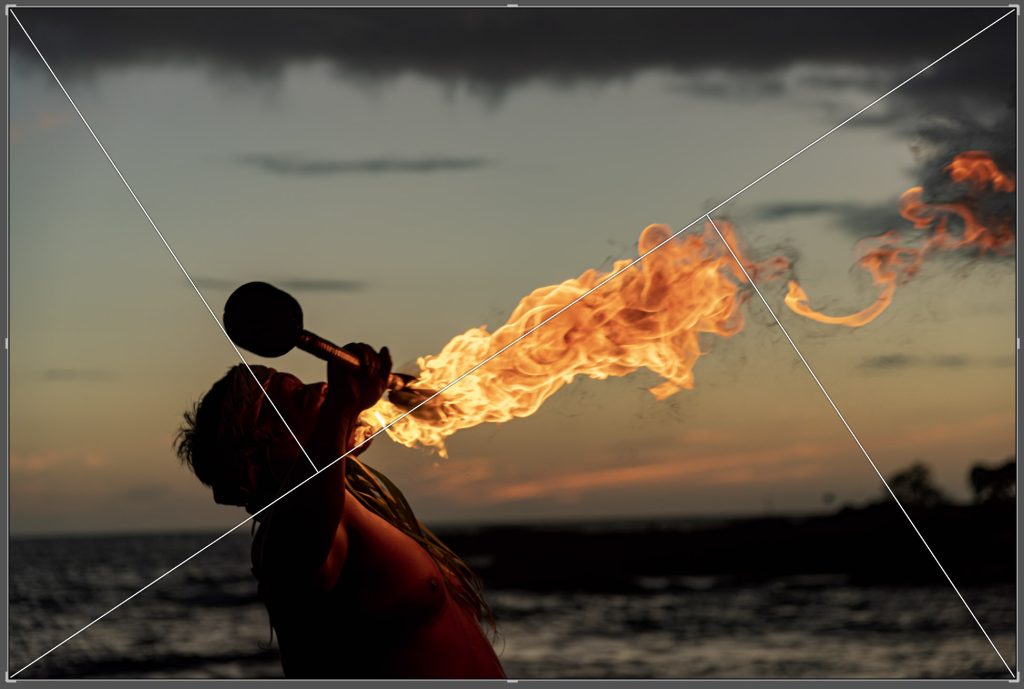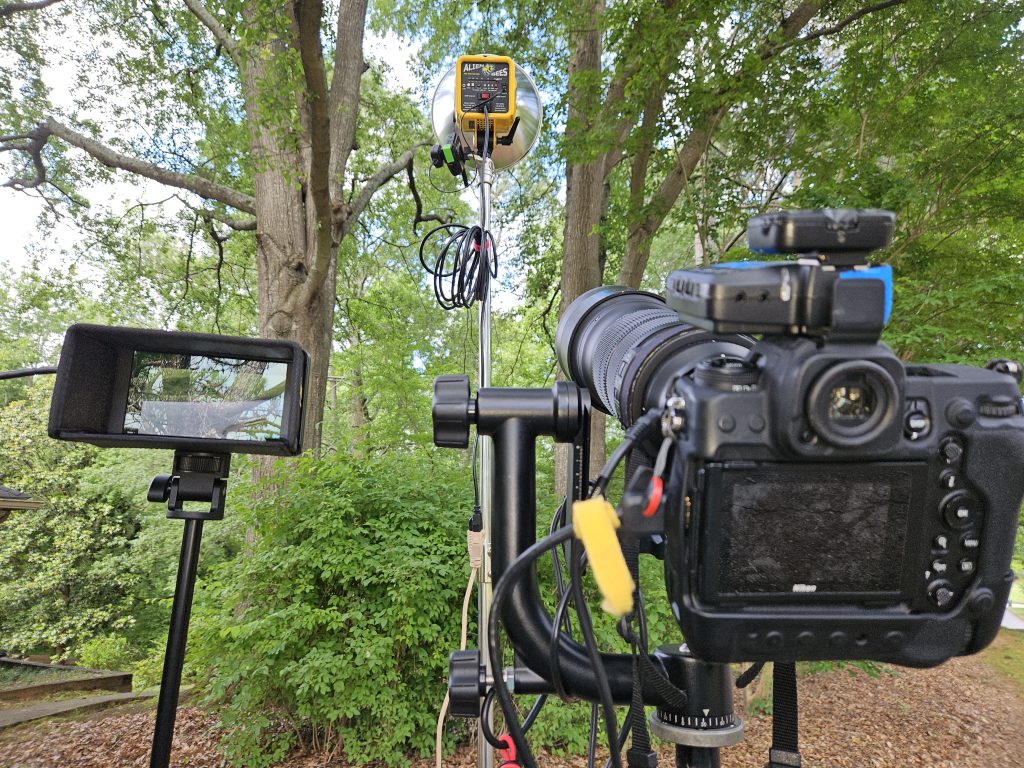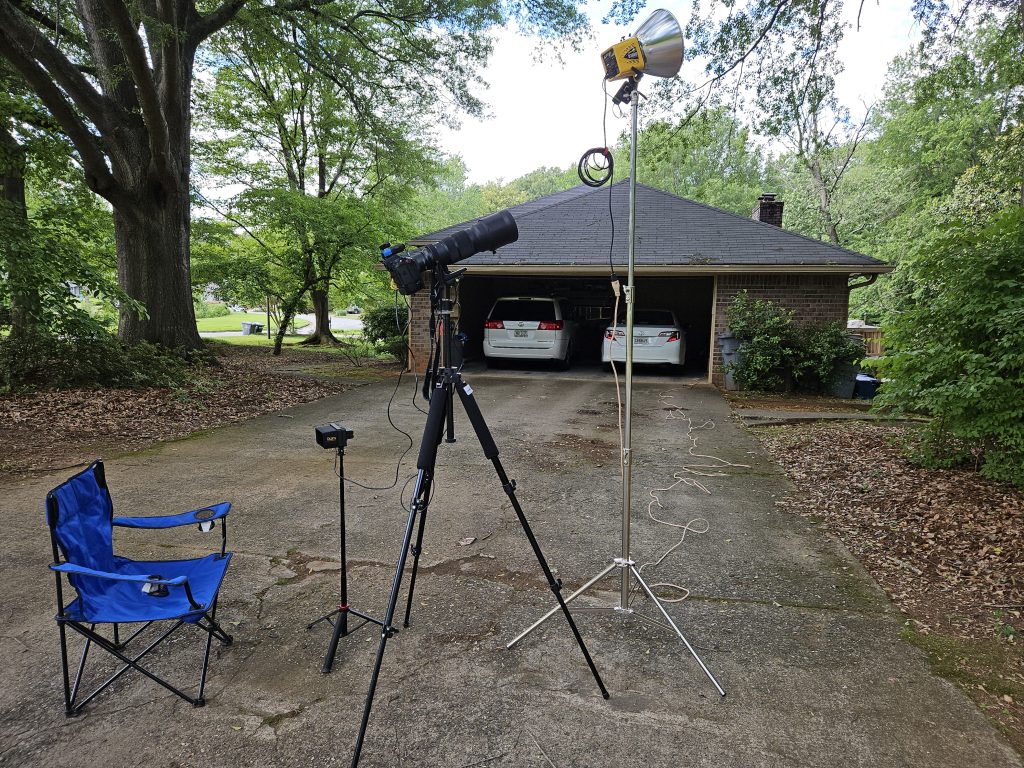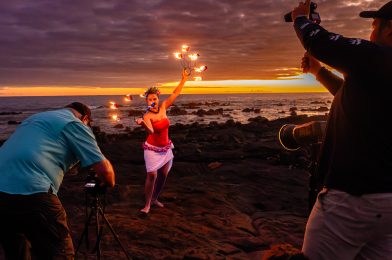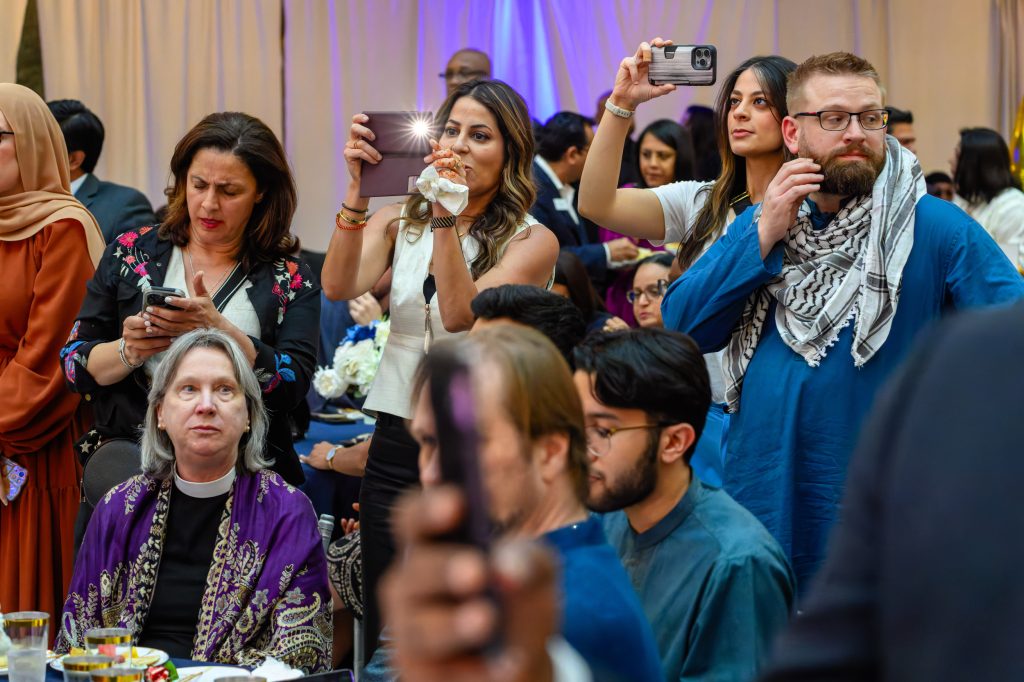Photographer Don Rutledge spent weeks covering the daily lives of Alaskan Eskimos above the Arctic Circle. Here, a family waits for visitors to arrive at their home.
As a photographer, I’ve always believed in pushing the boundaries of creativity and honing our skills to capture compelling stories through our lenses. Today, I want to introduce you to an exciting exercise that will challenge your eye for composition and elevate your photographic artistry: the ƒ/16 Challenge.
Why ƒ/16?
When we shoot with a shallow depth of field, such as ƒ/2.8 or ƒ/1.8, it’s easier to create visually appealing images because the background blurs into a creamy bokeh, isolating the subject and minimizing distractions. While this technique can produce stunning portraits and close-ups, it doesn’t always push us to explore the full potential of our compositional skills.

Enter the ƒ/16 Challenge. By setting your aperture to ƒ/16, you’ll achieve a deep depth of field, meaning the foreground and background will be in sharp focus. This requires you to carefully consider every element in your frame and use your compositional prowess to guide the viewer’s eye through the image.
Composition Tools for the ƒ/16 Challenge
Here are some compositional tools to help you create compelling images with a deep depth of field:
- Leading Lines
- Use natural or manufactured lines to draw the viewer’s eye through the image. Roads, rivers, fences, and shadows can all serve as leading lines.
- Rule of Thirds
- Divide your frame into a 3×3 grid and position key elements along these lines or at their intersections. This creates a balanced and engaging composition.
- Framing
- Incorporate elements in your scene to frame your subject, such as natural frames like tree branches or architectural frames like doorways and windows.
- Symmetry and Patterns
- Look for symmetrical scenes or repetitive patterns that can create a sense of harmony and rhythm in your images.
- Foreground Interest
- Include interesting elements in the foreground to add depth and guide the viewer’s eye into the scene.
- Depth and Layers
- Arrange your composition with distinct foreground, middle ground, and background elements. This creates a sense of depth and dimensionality.
- Contrast and Color
- Use contrasting colors and tones to highlight your subject and create visual interest. Bold colors can make elements pop, while subtle contrasts can add nuance.
- Negative Space
- Embrace negative space to give your subject room to breathe and create a minimalist aesthetic.

Are You Up to the Challenge?
The ƒ/16 Challenge is not just about technical settings; it’s about training your eye to see the world differently. Here’s how to get started:
- Set Your Aperture to ƒ/16
- Switch to aperture priority mode (A or Av) or manual mode (M) and dial in ƒ/16.
- Choose Your Scene
- Find a scene with potential for depth and interesting elements from foreground to background.
- Compose Your Shot
- Use the composition tools listed above to create a balanced, dynamic image.
- Shoot and Review
- Take your shot, then review it on your camera’s screen. Adjust your composition if needed and shoot again.
- Analyze and Improve
- Review your images later on a larger screen. Analyze what worked and didn’t, and think about how to improve next time.
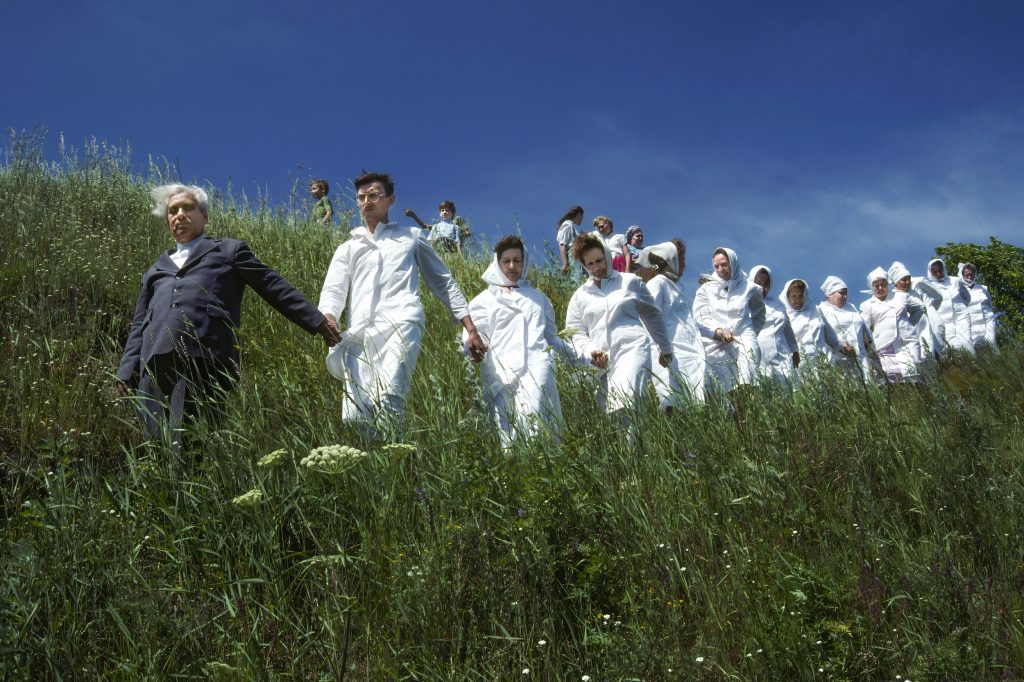
Embrace the Depth
Taking on the ƒ/16 Challenge will push you to be more mindful of every element within your frame. By mastering the art of composition with a deep depth of field, you’ll become a more versatile and thoughtful photographer, capable of crafting images that tell compelling stories regardless of your aperture setting.
So, are you up to the challenge? Grab your camera, set that aperture to ƒ/16, and let’s see the world through a new lens.
Happy shooting!


